The Best Tomato Companion Plants For Containers
The Best Tomato Companion Plants for Containers
Growing tomatoes in containers is a great way to enjoy fresh tomatoes even if you don't have a lot of space. But did you know that you can also improve the health and productivity of your tomato plants by planting them with companion plants?
Companion planting is the practice of planting different types of plants together in a way that benefits each other. There are many different companion plants that can be beneficial for tomatoes, but some of the best include:
- Basil: Basil is a classic companion plant for tomatoes. It helps to deter pests, such as aphids and tomato hornworms, and it also enhances the flavor of tomatoes.
- Marigolds: Marigolds are another great companion plant for tomatoes. They help to repel nematodes, which can be a major problem for tomato plants. Marigolds also attract beneficial insects, such as ladybugs, which help to control pests.
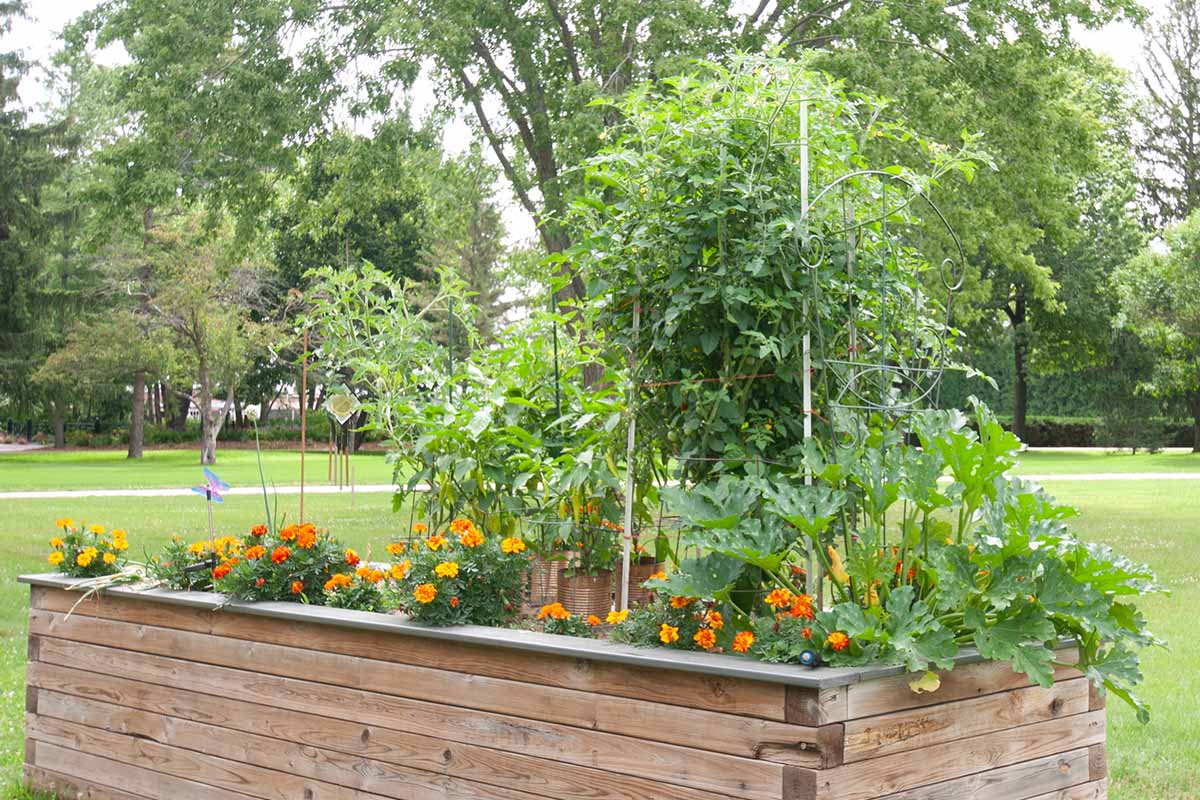
- Chives: Chives are a good companion plant for tomatoes because they help to improve the flavor of tomatoes. They also help to deter pests, such as aphids.
- Garlic: Garlic is a natural pest repellent that can help to keep moths away from your tomatoes. It also helps to improve the flavor of tomatoes.
- Asparagus: Asparagus is a good companion plant for tomatoes because it helps to improve the drainage of the soil. This is important for tomatoes, as they don't like to sit in wet soil.
- Parsley: Parsley is a good companion plant for tomatoes because it helps to attract beneficial insects, such as ladybugs. Ladybugs help to control pests, such as aphids.
When choosing companion plants for tomatoes, it's important to consider the size of the plants. Some companion plants, such as marigolds and chives, are relatively small and won't crowd out the tomato plants. Other companion plants, such as asparagus and parsley, can grow quite large and may need to be planted in a separate container.
It's also important to consider the sunlight requirements of the companion plants. Most tomato plants need full sun, so you'll want to choose companion plants that also need full sun.
With a little planning, you can choose the best companion plants for your tomato plants and help them to thrive.
Are you looking for the best companion plants for your tomato plants in containers? Visit Home Gardening for a comprehensive list of plants that can help your tomatoes thrive. You'll also find tips on how to choose the right containers and soil for your plants, as well as how to care for them throughout the growing season.
FAQ of tomato companion plants container
Q: What are the benefits of planting companion plants with tomatoes in containers?
A: There are many benefits to planting companion plants with tomatoes in containers. Some of the most common benefits include:
- Attracting beneficial insects. Many companion plants attract beneficial insects, such as ladybugs, lacewings, and parasitic wasps. These insects help to control pests that can damage tomato plants.
- Reducing the risk of disease. Some companion plants can help to reduce the risk of disease in tomato plants. For example, marigolds release a compound that inhibits the growth of soil-borne pathogens.
- Improving the soil. Some companion plants can improve the soil quality around tomato plants. For example, beans and peas fix nitrogen in the soil, which can help to feed tomato plants.
- Completing the ecosystem. Companion planting creates a more balanced ecosystem in your garden, which can help to improve the overall health of your tomato plants.
Q: What are some good companion plants for tomatoes in containers?
A: Some of the best companion plants for tomatoes in containers include:
- Marigolds. Marigolds are a great companion plant for tomatoes because they help to repel pests and attract beneficial insects.
- Basil. Basil is a popular herb that is often grown with tomatoes. It helps to improve the flavor of tomatoes and also repels pests.
- Chives. Chives are another herb that is often grown with tomatoes. They help to repel pests and also improve the flavor of tomatoes.
- Garlic. Garlic is a strong-scented herb that helps to repel pests. It can also help to improve the flavor of tomatoes.
- Onions. Onions are another strong-scented herb that helps to repel pests. They can also help to improve the flavor of tomatoes.
- Asparagus. Asparagus is a vegetable that helps to improve the soil quality around tomato plants. It can also help to deter pests.
- Celery. Celery is another vegetable that helps to improve the soil quality around tomato plants. It can also help to deter pests.
Q: What are some plants that should not be planted near tomatoes?
A: There are a few plants that should not be planted near tomatoes. These plants include:
- Potatoes. Potatoes and tomatoes are both members of the nightshade family, and planting them together can increase the risk of disease.
- Eggplants. Eggplants are also members of the nightshade family, and planting them together can increase the risk of disease.
- Cucumbers. Cucumbers can compete with tomatoes for water and nutrients.
- Melons. Melons can also compete with tomatoes for water and nutrients.
Q: How far apart should tomato companion plants be planted?
A: The spacing requirements for tomato companion plants will vary depending on the specific plants that you are growing. However, as a general rule of thumb, you should space companion plants about 12-18 inches apart.
Q: How do I care for tomato companion plants in containers?
A: The care requirements for tomato companion plants in containers will vary depending on the specific plants that you are growing. However, as a general rule of thumb, you should water companion plants regularly and fertilize them every few weeks. You should also remove any dead or diseased leaves from companion plants.
Image of tomato companion plants container
- Marigolds in a terracotta pot.

- Basil in a hanging basket.
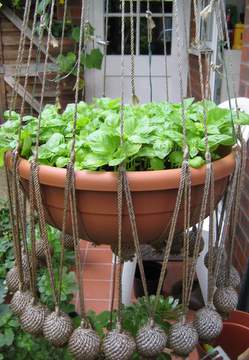
- Chives in a window box.
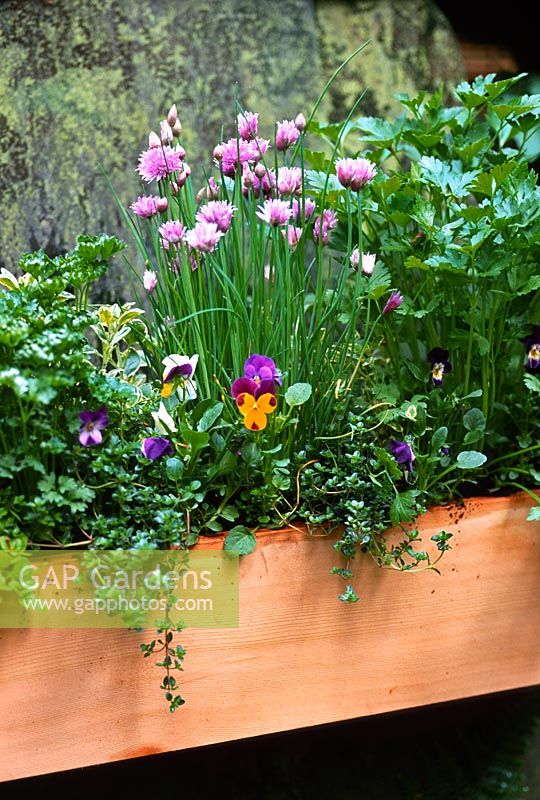
- Garlic in a raised bed.

- Onions in a container garden.
- Lavender in a pot with other herbs.

- Asparagus in a large pot.

- Celery in a container garden with tomatoes.
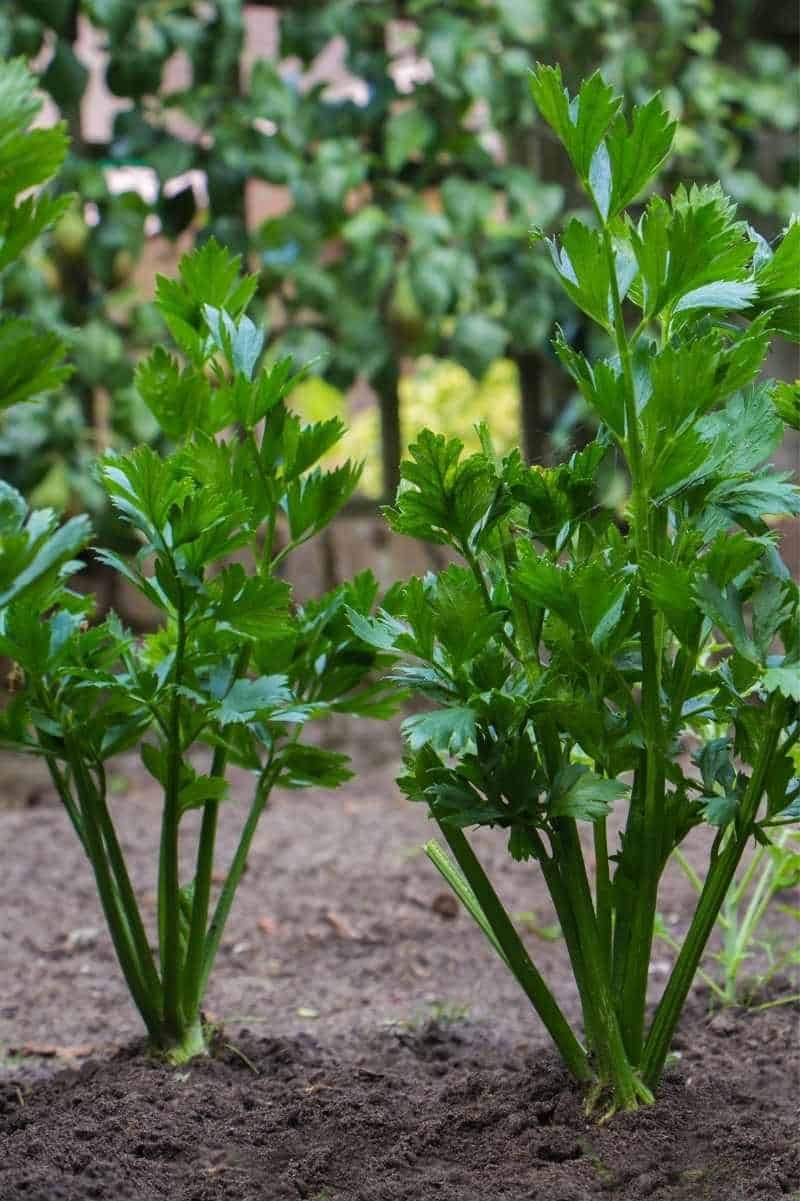
- Cucumbers in a pot with other vegetables.
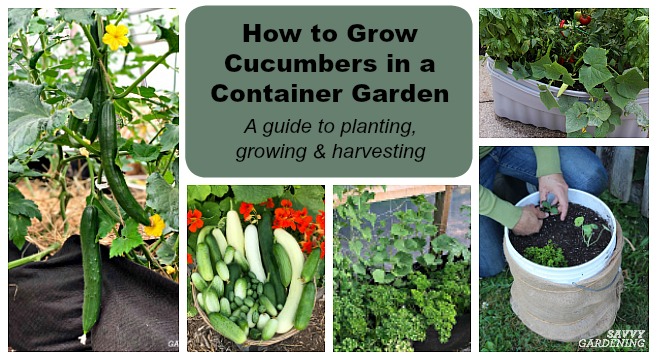
- Peppers in a container garden with herbs.
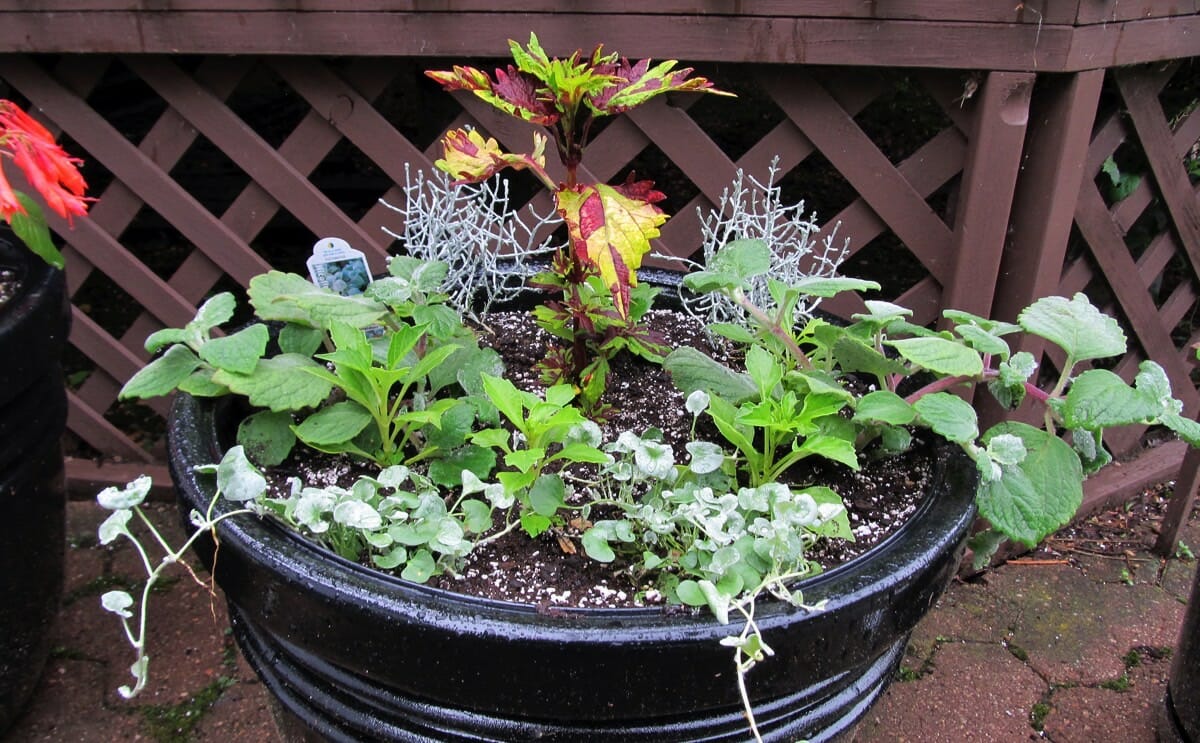
Post a Comment for "The Best Tomato Companion Plants For Containers"